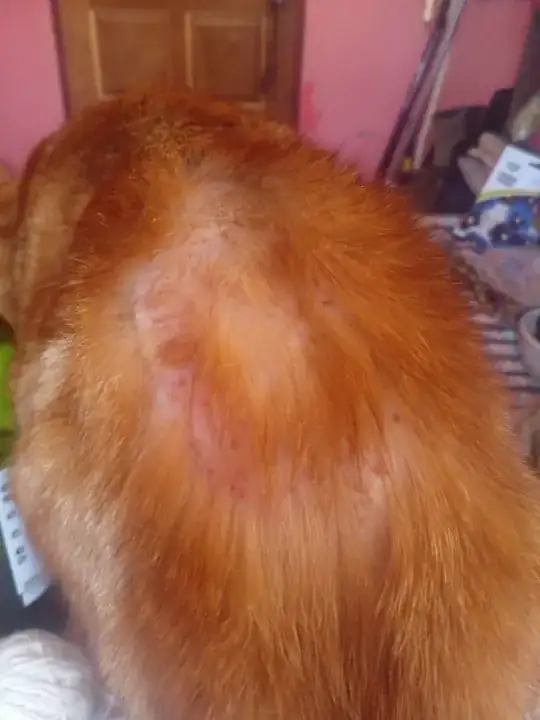My cat is over-grooming and ripping out chunks of his fur, leaving red sores behind. He's got a growing bald patch on his back near his tail and other small patches wherever he can reach. I've given him an lice/tick/flea treatment just in case, but there was no evidence of critters.
Is he stressed? His companion cat was recently injured, but she's fully recovered and treating him normally. I thought it would be a response to that, but now I'm not sure. Or perhaps ringworm? The scabs don't seem to exist until he pulls his hair out, but maybe something is making his skin very itchy???
It breaks my heart to see him mutilating himself. My instinct is to Cone him so he can't groom, but I don't want to cause him even more stress. He's been acting this way for over a week now. Other than the over-grooming, he is acting normally, is sociable, eats fine, cuddles and purrs.
I live in a place with limited access to veterinary care. Any advice greatly appreciated